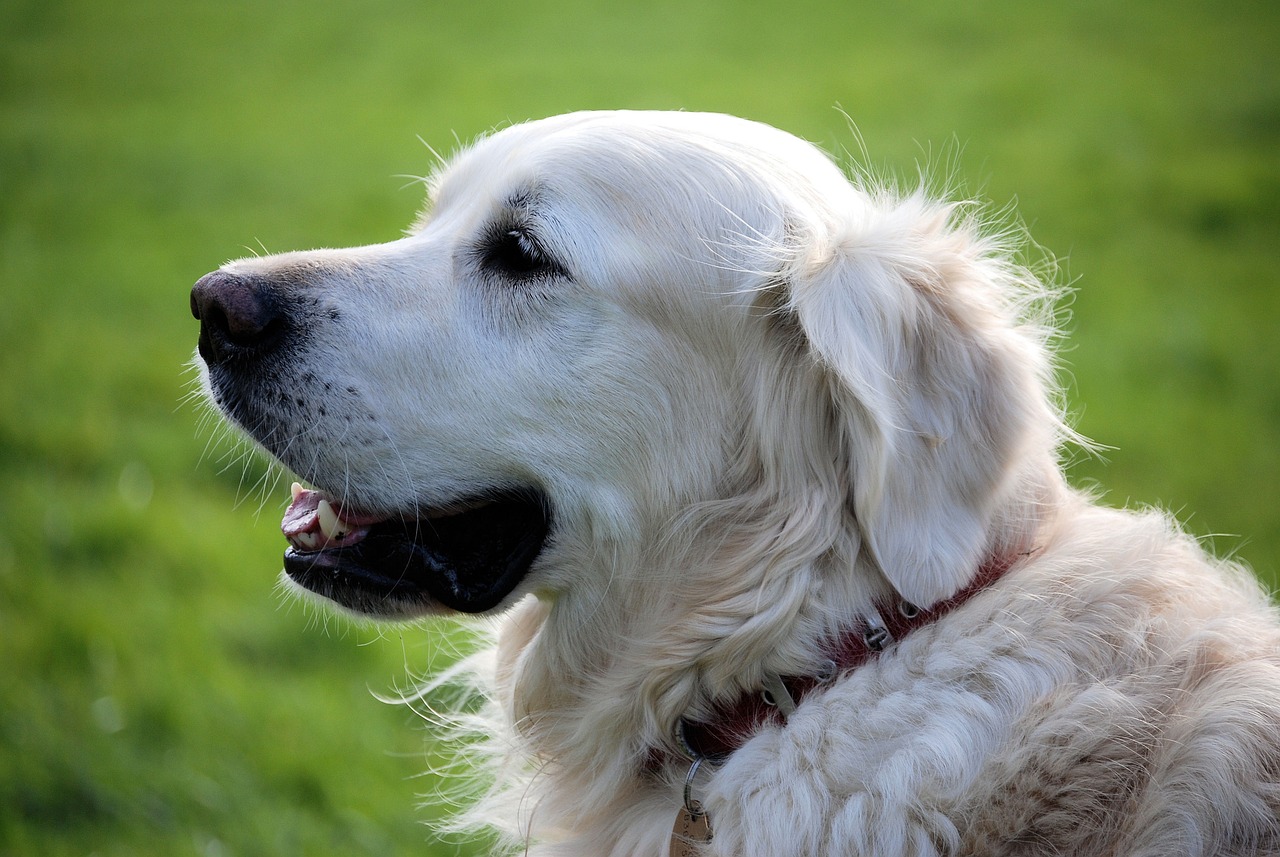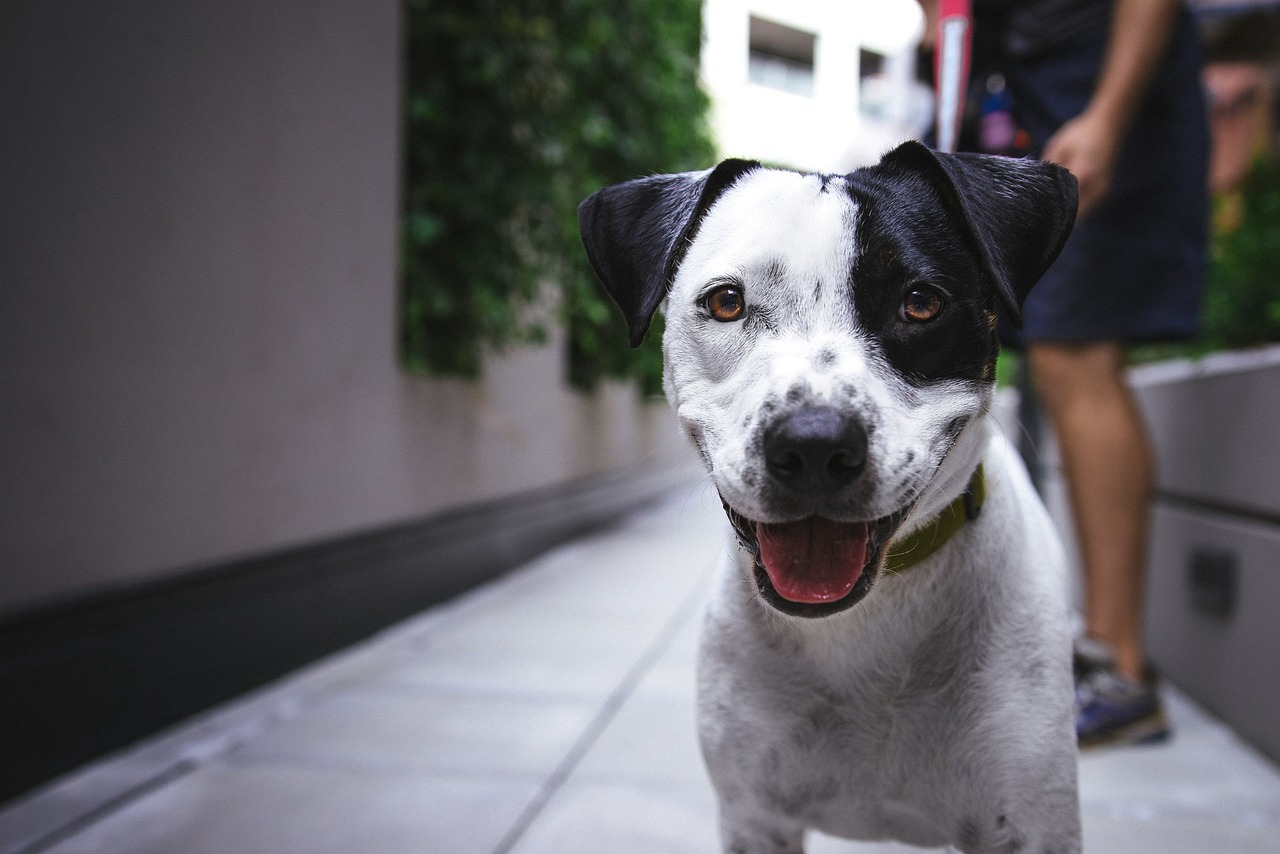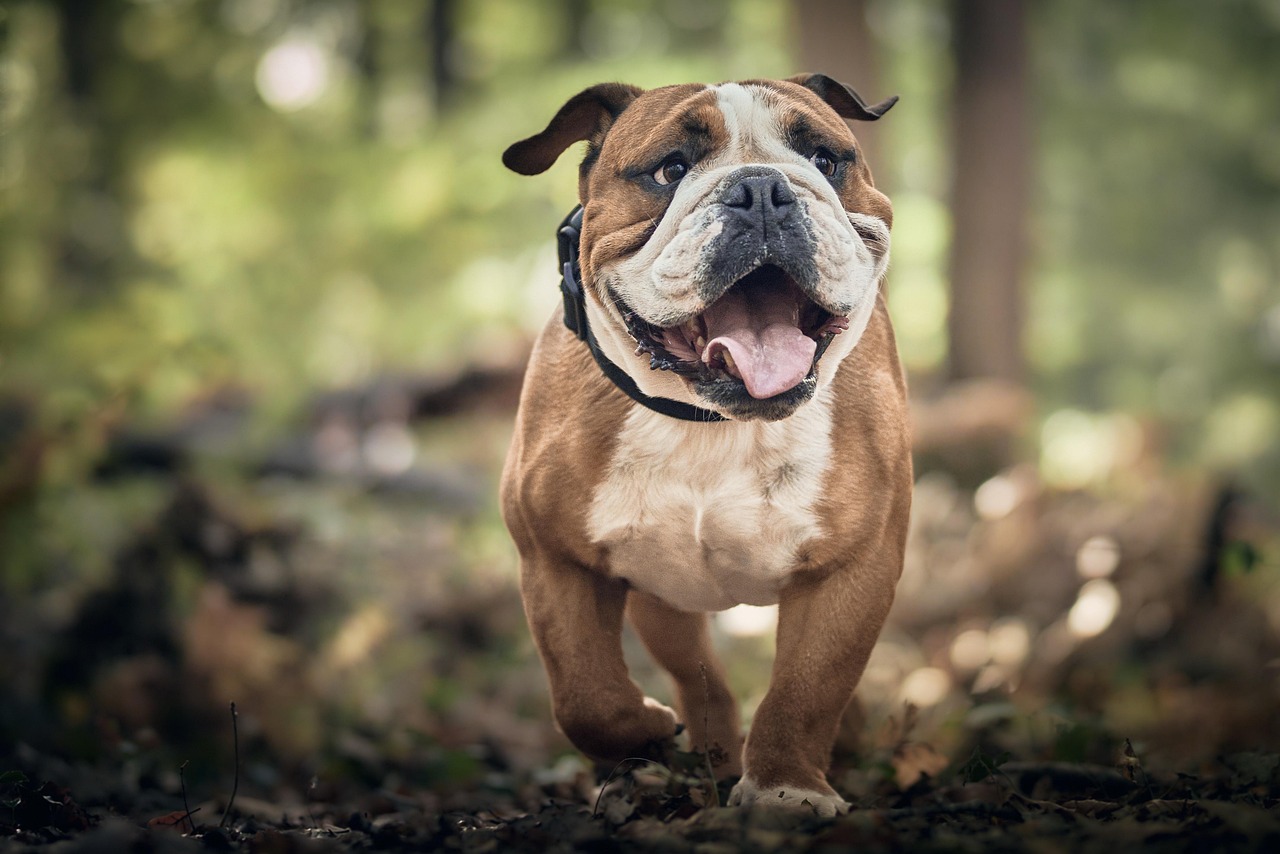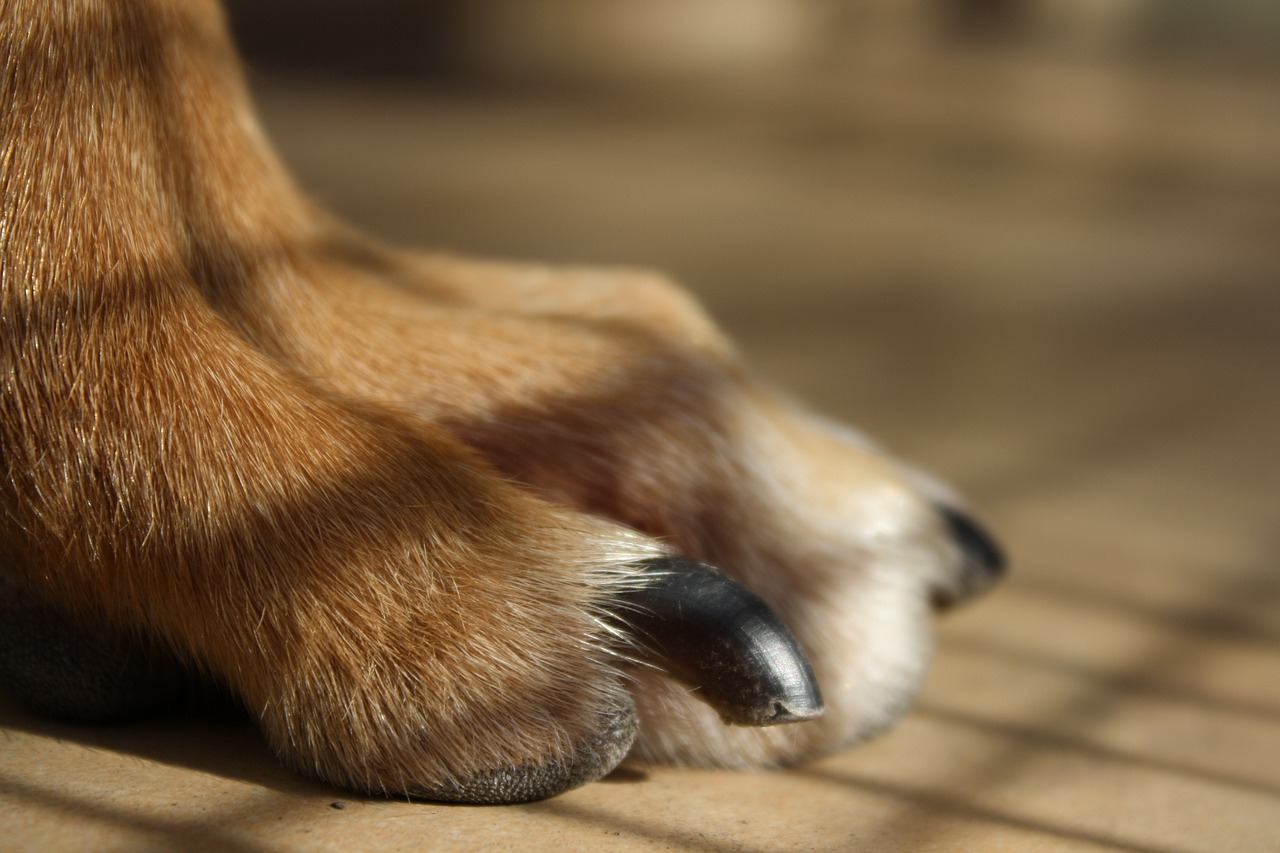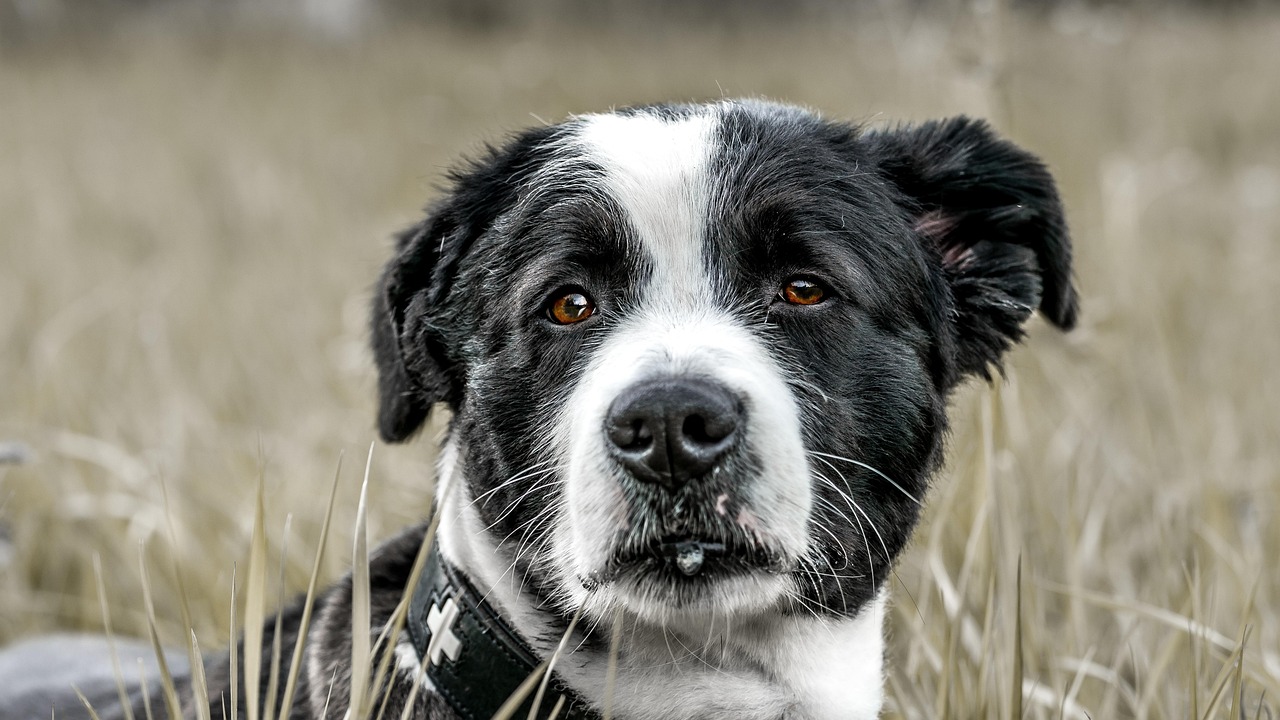Dog bites can be distressing for both pets and their owners. When a dog bite occurs, it can lead to significant swelling and pain, making it essential to know how to manage these symptoms effectively. This article provides a comprehensive guide on strategies to reduce swelling and pain after a dog bite, covering treatment options, home remedies, and when to seek medical help.
Understanding Dog Bite Injuries
Dog bites can cause various injuries, such as puncture wounds and lacerations. It is crucial to understand the severity of the injury to determine the appropriate treatment. Minor bites may heal with basic first aid, while more serious injuries might require professional medical intervention.
Immediate First Aid for Dog Bites
Prompt first aid is critical to minimize complications. Here are essential steps to take immediately after a dog bite:
- Clean the Wound: Rinse the bite area with clean water to remove dirt and bacteria.
- Apply Antiseptics: Use antiseptics to disinfect the wound and prevent infection.
- Bandage the Wound: If necessary, cover the wound with a sterile bandage to protect it from further injury.
Recognizing Signs of Infection
It is vital to monitor the wound for signs of infection, which may include:
- Increased redness and swelling
- Pus or discharge from the wound
- Fever or chills
Home Remedies to Reduce Swelling
Several home remedies can help alleviate swelling and pain:
- Cold Compress: Applying a cold compress can reduce swelling and numb the pain.
- Herbal Remedies: Herbs like arnica and aloe vera may offer anti-inflammatory benefits.
Medical Treatments for Severe Cases
In more severe cases, medical treatment may be necessary. Options include:
- Prescription Medications: Doctors may prescribe pain relievers or antibiotics to manage symptoms and prevent infection.
- When to Seek Professional Help: If the wound shows signs of infection or does not improve, seek medical attention promptly.
Preventing Future Dog Bites
To avoid future incidents, understanding dog behavior and practicing safe interactions are essential. Always approach unfamiliar dogs cautiously and educate others about safe practices around dogs.
In conclusion, managing swelling and pain after a dog bite involves immediate first aid, home remedies, and understanding when to seek professional help. By following these guidelines, you can ensure a smoother recovery for both your pet and yourself.

Understanding Dog Bite Injuries
Dog bites can result in a range of injuries, which may vary in severity depending on factors such as the size of the dog, the location of the bite, and the circumstances surrounding the incident. The most common types of injuries include puncture wounds and lacerations. It is essential to understand these injuries as they can have significant implications for treatment and recovery.
Puncture wounds are typically deep and narrow injuries caused by the dog’s teeth penetrating the skin. These wounds can easily become infected due to their depth and the bacteria present in a dog’s mouth. Additionally, puncture wounds may not always bleed profusely, making them deceptively serious. On the other hand, lacerations are cuts that may vary in depth and length, often resulting from a dog’s bite or scratch. These injuries can involve damage to the skin and underlying tissues, leading to more extensive bleeding and a higher risk of infection.
Understanding the nature of these injuries is crucial for effective treatment. For instance, timely and proper first aid can significantly impact the healing process. Immediate actions such as cleaning the wound and applying antiseptics are vital to minimize the risk of infection. Furthermore, recognizing the signs of infection—such as increased redness, swelling, or pus—is essential for seeking prompt medical attention.
In summary, being informed about the types of injuries that can result from dog bites is critical. It not only aids in immediate care but also helps in understanding the long-term implications of such injuries. Whether it’s a minor puncture or a severe laceration, knowing how to respond can make a significant difference in recovery outcomes.
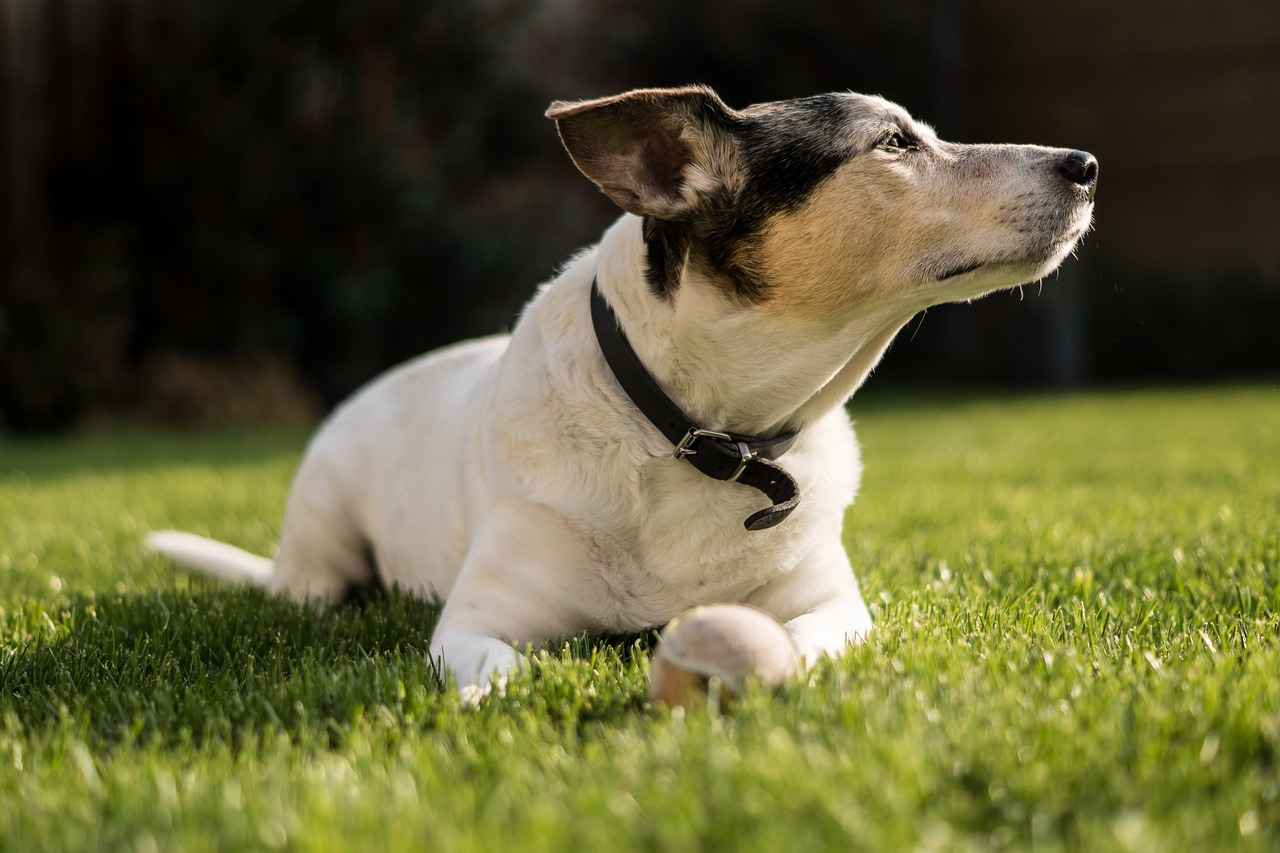
Immediate First Aid for Dog Bites
When faced with a dog bite, prompt first aid is crucial in minimizing swelling and pain, as well as preventing possible complications. Here are the essential steps to take immediately after a dog bite occurs:
- Stay Calm and Assess the Situation: It’s important to remain calm to effectively handle the situation. Assess the severity of the bite and determine if immediate medical attention is necessary.
- Control the Bleeding: If the wound is bleeding, apply gentle pressure using a clean cloth or bandage. Elevate the injured area if possible to help slow down the bleeding.
- Clean the Wound: Rinse the bite area with clean water for at least 5-10 minutes. This helps remove dirt and bacteria. Avoid using hydrogen peroxide or alcohol, as these can irritate the tissue.
- Apply an Antiseptic: After cleaning, apply a suitable antiseptic to the wound to kill any remaining bacteria. This step is vital in preventing infection.
- Cover the Wound: If the wound is deep or at risk of further injury, cover it with a sterile bandage. Change the bandage daily or if it becomes wet or dirty.
- Monitor for Signs of Infection: Keep an eye on the wound for redness, swelling, increased pain, or pus. If any of these symptoms arise, seek medical help.
By following these steps, you can effectively reduce the risk of complications associated with dog bites. Remember, if the bite is severe or if the dog is unknown, it is essential to seek professional medical assistance promptly.
Cleaning the Wound Properly
When it comes to treating a dog bite, thoroughly cleaning the bite wound is essential to prevent infection and promote optimal healing. In this section, we will discuss the best practices for wound cleaning, ensuring you are well-equipped to handle such injuries effectively.
First and foremost, it is crucial to act quickly after a dog bite occurs. The longer the bacteria remain in the wound, the higher the risk of infection. Here are the steps you should follow:
- Wash Your Hands: Before touching the wound, ensure your hands are clean to avoid introducing more bacteria.
- Rinse the Wound: Use clean, running water to rinse the bite area. This helps to remove dirt and debris. Avoid using soap directly on the wound, as it can irritate the tissue.
- Use Antiseptics: After rinsing, apply an antiseptic solution to the wound. Solutions like hydrogen peroxide or iodine can help kill bacteria. However, use them sparingly, as they may also damage healthy tissue.
- Cover the Wound: If the wound is deep or bleeding, cover it with a sterile bandage after cleaning. This protects the area from further injury and contamination.
Additionally, keeping an eye on the wound for any signs of infection is vital. Symptoms such as increased redness, swelling, or pus should prompt a visit to a healthcare professional.
In conclusion, cleaning a dog bite wound properly is a critical step in the healing process. By following these best practices, you can significantly reduce the risk of infection and ensure a smoother recovery. Always remember that if the injury appears severe or shows signs of infection, seeking professional medical help is imperative.
Using Antiseptics
When it comes to treating dog bite wounds, applying antiseptics plays a crucial role in preventing infection and promoting healing. Antiseptics are substances that can significantly reduce the number of bacteria present on the skin and in the wound, thereby minimizing the risk of complications. Understanding the types of antiseptics available and how to use them effectively is essential for anyone dealing with such injuries.
There are several types of antiseptics recommended for dog bite wounds:
- Hydrogen Peroxide: This common antiseptic is effective in killing bacteria. However, it should be used cautiously as it can also damage healthy tissue.
- Isopropyl Alcohol: Another effective antiseptic, isopropyl alcohol can be used to clean the wound. It is important to apply it gently to avoid causing additional pain.
- Iodine Solutions: Products like povidone-iodine are well-known for their antiseptic properties and are often recommended for treating wounds.
- Antibiotic Ointments: Over-the-counter options such as Neosporin can provide both antiseptic and healing benefits, creating a barrier against infection.
When applying antiseptics:
1. First, clean the wound under running water to remove any debris.2. Pat the area dry with a clean cloth.3. Apply the chosen antiseptic using a sterile cotton ball or gauze.4. Allow the antiseptic to dry before covering the wound with a bandage if necessary.
It is important to monitor the wound for any signs of infection, such as increased redness, swelling, or discharge. If any of these symptoms occur, seek medical attention promptly. Remember, while antiseptics are effective in reducing the risk of infection, they are just one part of the overall treatment process for dog bite wounds.
When to Apply a Bandage
Knowing when and how to bandage a dog bite is essential for protecting the wound from further injury and promoting healing. Proper bandaging can prevent contamination and reduce the risk of infection, making it an important step in the first aid process.
Here are some key considerations for applying a bandage to a dog bite:
- Assess the Wound: Before applying a bandage, carefully examine the wound. If the bite is deep, bleeding heavily, or showing signs of infection, seek professional veterinary help immediately.
- Clean the Area: Gently clean the bite area with soap and water. This step is crucial to eliminate bacteria and debris that could lead to infection.
- Use Sterile Materials: Always use sterile bandages or gauze to cover the wound. This reduces the risk of introducing new bacteria and helps maintain a clean environment for healing.
- Apply Pressure if Necessary: If there is bleeding, apply gentle pressure with a clean cloth or gauze before bandaging to help stop the flow of blood.
- Wrap the Bandage Securely: When bandaging, ensure the material is snug but not too tight. You want to secure the bandage without cutting off circulation. Check the extremities for signs of swelling or discoloration.
- Change the Bandage Regularly: Keep an eye on the wound and change the bandage daily, or more often if it becomes wet or dirty. This helps prevent infection and allows for proper healing.
- Monitor for Signs of Infection: After bandaging, watch for symptoms such as increased swelling, redness, or discharge. If any of these occur, consult a veterinarian.
In conclusion, applying a bandage correctly is a vital part of first aid for dog bites. By following these steps, you can help protect the wound and promote a quicker recovery.
Recognizing Signs of Infection
After a dog bite, it is crucial to monitor the wound closely for any signs of infection. Infection can significantly delay healing and lead to more severe health complications if not addressed promptly. Understanding the symptoms of infection can aid in early detection and treatment.
The key symptoms to watch for include:
- Redness and Swelling: While some swelling is normal after a bite, excessive redness or swelling around the wound may indicate infection.
- Pain: Increased pain that worsens over time, especially when it becomes throbbing or sharp, can be a sign of an underlying infection.
- Heat: If the area around the bite feels warm to the touch, this may suggest inflammation and infection.
- Discharge: The presence of pus or any unusual discharge from the wound is a clear indicator of infection.
- Fever: A high temperature or fever following a dog bite can signal that the body is fighting an infection.
- Swollen Lymph Nodes: Swelling in nearby lymph nodes may indicate that the infection is spreading.
It is essential to seek medical attention if you notice any of these symptoms. Early intervention can prevent the infection from worsening and facilitate a quicker recovery. In some cases, antibiotics may be necessary to treat the infection effectively.
In conclusion, being vigilant about the signs of infection after a dog bite is vital. Understanding these symptoms not only aids in prompt treatment but also ensures better healing outcomes. Always consult with a healthcare professional if you have any concerns regarding a dog bite injury.
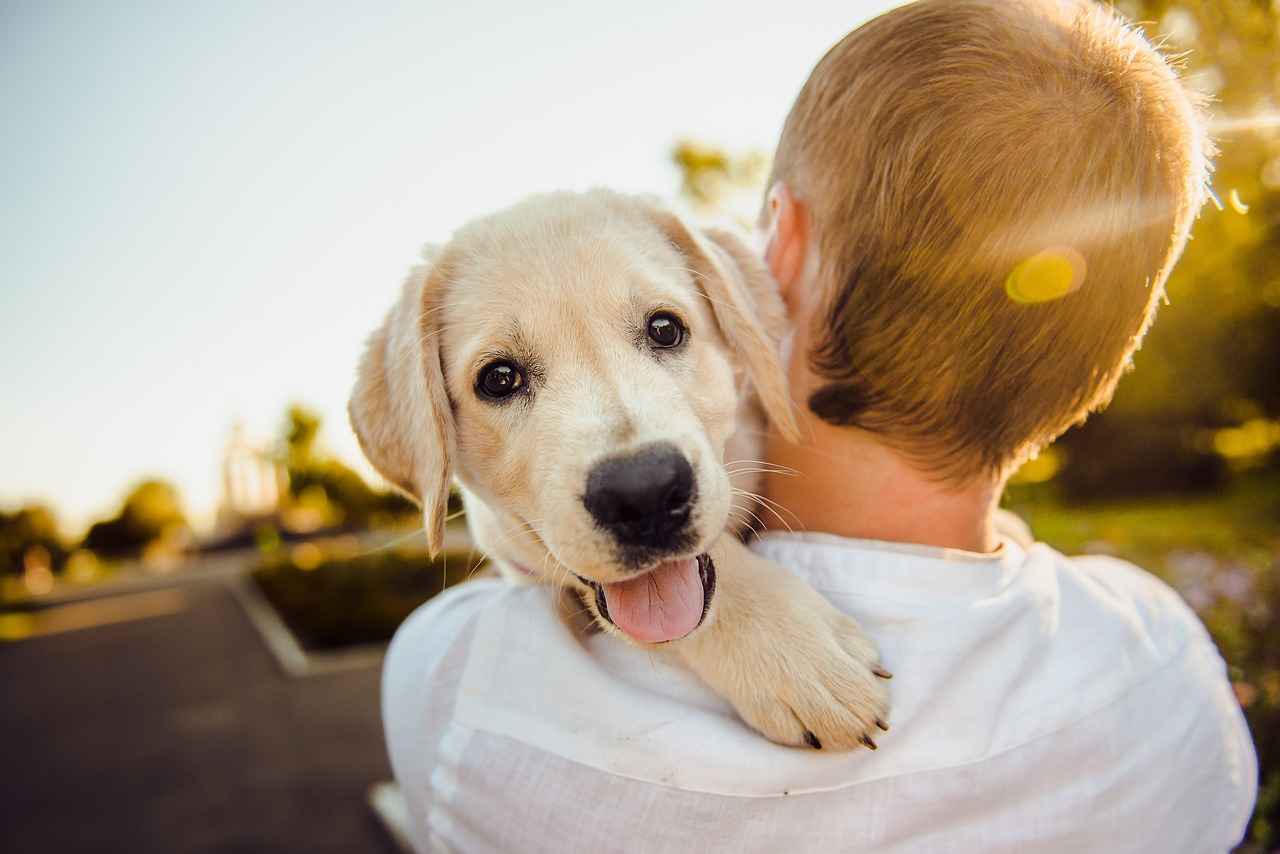
Home Remedies to Reduce Swelling
Experiencing swelling and pain from a dog bite can be distressing. Fortunately, several home remedies can help alleviate these symptoms and promote healing. Here’s a comprehensive guide to effective natural treatments that can be easily implemented at home.
- Cold Compress: Applying a cold compress is one of the simplest and most effective ways to reduce swelling and numb pain. Wrap ice in a cloth or use a cold pack, and apply it to the affected area for 15-20 minutes every few hours. This can help constrict blood vessels and lessen inflammation.
- Aloe Vera Gel: Known for its soothing properties, aloe vera can be applied directly to the bite area. It not only helps reduce swelling but also promotes skin healing and provides relief from pain.
- Turmeric Paste: Turmeric has natural anti-inflammatory properties. Create a paste by mixing turmeric powder with water and applying it to the swollen area. Let it sit for about 30 minutes before rinsing off. This can help reduce inflammation and speed up the healing process.
- Apple Cider Vinegar: Dilute apple cider vinegar with water and use it as a compress. This remedy may help reduce swelling and prevent infection due to its antibacterial properties.
- Herbal Teas: Drinking herbal teas made from ginger or chamomile can also aid in reducing inflammation from within. These herbs contain compounds that may help soothe pain and reduce swelling.
While these home remedies can be helpful, it’s essential to monitor the bite for any signs of infection, such as increased redness, warmth, or pus. If symptoms worsen or do not improve, seek professional medical attention promptly.
By utilizing these natural treatments, you can effectively manage swelling and pain from dog bites, promoting a quicker recovery.
Cold Compress Application
is a crucial technique in managing the aftermath of a dog bite. When a dog bite occurs, immediate action can significantly impact the healing process. One of the most effective methods to alleviate pain and reduce swelling is the application of a cold compress. This article will guide you through the correct method for utilizing cold therapy on a bite injury.
Applying a cold compress serves two primary purposes: it reduces swelling and numbs pain. The cold temperature constricts blood vessels, which minimizes blood flow to the affected area, thereby decreasing inflammation. Additionally, the cold sensation can help provide relief from the intense pain that often accompanies a bite injury.
To effectively use a cold compress, follow these steps:
- Prepare the Compress: Use a clean cloth or a towel and soak it in cold water. Alternatively, you can use a commercial cold pack or a bag of frozen vegetables wrapped in a thin towel.
- Application: Gently place the cold compress on the bite area. Ensure that it is not applied directly to the skin to avoid frostbite.
- Duration: Keep the compress on the affected area for about 15-20 minutes. This duration is effective in achieving the desired results without causing skin damage.
- Frequency: Repeat this process every 1-2 hours for the first 24 hours after the injury. This consistent application is key to managing swelling and pain effectively.
It is important to monitor the bite injury closely. If you notice any signs of infection or if the swelling does not subside, it is essential to seek professional medical attention. Remember, while cold therapy is a helpful first aid measure, it should not replace proper medical care when needed.
In conclusion, using a cold compress is a simple yet effective way to manage pain and swelling from a dog bite. By following the outlined steps, you can facilitate a smoother healing process and minimize discomfort.
Herbal Remedies and Their Benefits
Certain herbal remedies are renowned for their anti-inflammatory properties, making them valuable allies in managing swelling and discomfort following a dog bite. These natural solutions can complement traditional treatments, offering additional support in the recovery process. Here, we will explore some popular herbs that may assist in reducing swelling from dog bites.
| Herb | Benefits | Usage |
|---|---|---|
| Turmeric | Contains curcumin, which has potent anti-inflammatory effects. | Can be taken as a supplement or mixed with food. |
| Ginger | Helps reduce swelling and pain due to its anti-inflammatory properties. | Fresh ginger can be brewed in tea or used in cooking. |
| Willow Bark | Known for its pain-relieving properties, similar to aspirin. | Available in tea or supplement form. |
| Chamomile | Soothes inflammation and promotes healing. | Can be used as a tea or applied topically as a compress. |
In addition to these herbs, it’s essential to consider the method of application. For instance, some herbs can be consumed, while others may be more effective when applied topically. Always ensure that any herbal treatment is appropriate for the individual and consult with a healthcare professional if uncertain.
Moreover, while herbal remedies can be beneficial, they should not replace conventional medical treatment for severe dog bite injuries. It is crucial to monitor the wound for signs of infection and seek professional help if necessary.
In conclusion, incorporating herbal remedies into your recovery regimen can provide additional support in managing swelling and pain after a dog bite. However, always prioritize safety and consult with a healthcare provider to ensure the best outcomes.

Medical Treatments for Severe Cases
In some situations, medical intervention becomes essential for addressing dog bite injuries. Understanding the available treatment options is crucial, especially for more severe cases that may lead to complications.
Dog bites can result in a range of injuries, from minor punctures to deep lacerations. When a bite is severe, it is vital to seek professional medical help promptly. Here are some of the key treatment options that healthcare providers may recommend:
- Wound Assessment and Cleaning: A healthcare professional will evaluate the injury to determine its severity. Proper cleaning of the wound is critical to prevent infection. This may involve flushing the wound with saline or antiseptic solutions.
- Stitches or Sutures: For deep lacerations, stitches may be necessary to close the wound effectively. This helps promote healing and reduces the risk of scarring.
- Antibiotic Therapy: To combat the risk of infection, doctors may prescribe antibiotics. This is especially important if the bite has punctured the skin deeply or if the wound shows signs of infection.
- Tetanus Shot: If the dog bite is severe and the patient’s tetanus vaccination is not up-to-date, a tetanus shot may be administered to prevent tetanus infection.
- Pain Management: Prescription medications may be provided to manage pain and inflammation. Non-steroidal anti-inflammatory drugs (NSAIDs) or stronger pain relievers may be recommended depending on the severity of the injury.
When to Seek Professional Help: It is crucial to recognize the warning signs that indicate the need for medical attention. Symptoms such as increasing redness, swelling, pus, or fever should prompt an immediate visit to a healthcare provider. Additionally, if the bite is from an unknown dog or if the dog exhibits unusual behavior, professional evaluation is necessary.
In conclusion, understanding the treatment options for severe dog bite injuries can significantly impact recovery. Early intervention and appropriate medical care are essential in preventing complications and ensuring proper healing.
Prescription Medications
Prescription Medications for Dog Bite InjuriesWhen dealing with the aftermath of a dog bite, can play a critical role in managing pain and inflammation. These medications are often essential for ensuring a smooth recovery, especially in more severe cases. Below, we will explore some common prescriptions that healthcare professionals may recommend, along with their specific uses and benefits.
| Medication | Type | Uses |
|---|---|---|
| Ibuprofen | Nonsteroidal Anti-Inflammatory Drug (NSAID) | Reduces pain and inflammation. |
| Gabapentin | Anticonvulsant | Helps manage nerve pain. |
| Amoxicillin | Antibiotic | Prevents or treats infections. |
| Prednisone | Corticosteroid | Reduces severe inflammation. |
Ibuprofen is commonly prescribed to alleviate pain and reduce inflammation. It is effective for mild to moderate pain and is often recommended for short-term use following a dog bite.
Gabapentin is particularly useful for managing nerve pain, which can occur if the bite affects nerve endings. This medication is typically prescribed for more complex pain management needs.
To prevent infections, amoxicillin may be prescribed, especially if the bite is deep or has a high risk of becoming infected. This antibiotic is vital in ensuring that the wound heals without complications.
In cases of severe swelling or inflammation, prednisone might be recommended. This corticosteroid helps reduce inflammation quickly and is often used in conjunction with other medications to provide comprehensive care.
It is essential to follow the prescribed dosage and consult with a healthcare professional regarding any concerns or side effects related to these medications. Proper management of pain and inflammation can significantly enhance the healing process after a dog bite.
When to Seek Professional Help
After experiencing a dog bite, it is essential to understand that not all injuries are the same. While some bites may appear minor, others can lead to serious complications. Recognizing the warning signs that indicate the need for medical attention is crucial for ensuring proper recovery.
- Severe Pain: If the pain intensifies rather than subsides, this could indicate an underlying issue, such as infection or nerve damage.
- Excessive Swelling: While some swelling is normal, significant or increasing swelling around the bite area can be a sign of infection or allergic reaction.
- Redness and Warmth: If the area around the bite becomes increasingly red and warm to the touch, it may suggest an infection that requires medical intervention.
- Pus or Discharge: Any pus or unusual discharge from the wound is a clear indicator that medical help is needed to prevent further complications.
- Fever: Developing a fever after a dog bite can be a sign of systemic infection and should prompt immediate medical consultation.
- Difficulty Moving: If the bite is on a limb and you experience difficulty moving it, seek professional help to assess for potential fractures or serious injury.
- Changes in Sensation: Numbness, tingling, or loss of sensation around the bite area can indicate nerve damage and should be evaluated by a healthcare professional.
It is important to remember that when in doubt, it is always better to err on the side of caution. Consulting a healthcare professional not only aids in proper treatment but also provides peace of mind during the recovery process. Early intervention can significantly reduce the risk of complications and promote a quicker return to normal activities.

Preventing Future Dog Bites
Preventing dog bites is essential not only for the safety of humans but also for the well-being of dogs. By implementing effective strategies, we can significantly reduce the risk of dog bites and promote a harmonious relationship between pets and their owners.
Understanding Dog Behavior
To prevent dog bites, it is crucial to understand canine behavior. Dogs communicate through body language, and recognizing signs of discomfort or aggression can help avoid dangerous situations. Look for the following signals:
- Raised hackles
- Growling or barking
- Showing teeth
- Stiff body posture
By paying attention to these cues, individuals can steer clear of provoking a dog and reduce the risk of bites.
Safe Interaction with Dogs
When approaching a dog, especially one that is unfamiliar, there are several safe practices to follow:
- Always ask the owner for permission before petting.
- Approach slowly and calmly, avoiding sudden movements.
- Allow the dog to sniff your hand before attempting to touch.
- Never disturb a dog that is eating, sleeping, or caring for puppies.
These guidelines can help ensure that interactions with dogs are positive and safe.
Educating Children About Dog Safety
Children are particularly vulnerable to dog bites, so educating them about safe behaviors around dogs is essential. Teach children to:
- Respect a dog’s space and not to approach without permission.
- Recognize when a dog is scared or angry.
- Use gentle hands when petting and avoid pulling on ears or tails.
By instilling these lessons early, we can help children develop a healthy respect for dogs.
Conclusion
In summary, preventing dog bites requires a comprehensive understanding of dog behavior, safe interaction practices, and education, especially for children. By taking these proactive steps, we can foster a safer environment for both humans and dogs, ultimately leading to a more peaceful coexistence.
Understanding Dog Behavior
Understanding canine behavior is essential for preventing dog bites. By learning to read dog body language, individuals can identify potential threats and avoid dangerous situations. This article provides valuable insights into understanding dog behavior, which is crucial for both dog owners and the general public.
Dogs communicate primarily through body language. Understanding these signals can help you interpret a dog’s emotional state and intentions. Here are some key behaviors to observe:
- Tail Position: A wagging tail does not always mean a dog is friendly. A high, stiff tail may indicate agitation, while a low tail can signify fear or submission.
- Ears: Ears that are perked up and forward may indicate curiosity, while ears pinned back can suggest fear or aggression.
- Mouth: A relaxed mouth is a sign of a calm dog. Conversely, a dog that is showing its teeth or has a tense jaw may be feeling threatened or aggressive.
- Body Posture: A dog standing tall with a stiff body may be asserting dominance, while a dog that is crouched or backing away is likely feeling scared.
Recognizing these signs can help you respond appropriately. For example, if a dog displays signs of discomfort or aggression, it’s important to give them space and avoid direct eye contact, which can be perceived as a threat.
Moreover, understanding the context is vital. Dogs may react differently in various situations, such as when they are protecting their territory or when they are frightened by loud noises. By being aware of the environment and the dog’s behavior, you can take proactive measures to ensure safety.
In conclusion, is an invaluable skill that can help prevent bites and create safer interactions between humans and dogs. By learning to recognize and interpret dog body language, you can significantly reduce the risk of dangerous encounters.
Safe Interaction with Dogs
Interacting with dogs can be a rewarding experience, but it is essential to prioritize safety to minimize risks. Understanding how to approach and engage with unfamiliar dogs is crucial for both the dog’s and the human’s well-being. Here are some practical tips to ensure safe interactions with our canine companions.
- Observe Body Language: Before approaching a dog, take a moment to observe its body language. Signs of discomfort or aggression include growling, baring teeth, or a stiff posture. If the dog appears relaxed, with a wagging tail and a loose stance, it may be safe to approach.
- Ask for Permission: Always ask the dog’s owner for permission before petting or interacting with their dog. This shows respect for both the owner and the animal.
- Approach Calmly: When approaching a dog, do so slowly and calmly. Avoid sudden movements or loud noises that might startle the dog.
- Let the Dog Initiate Contact: Allow the dog to come to you. Extend your hand slowly, palm up, to let the dog sniff you. This helps the dog feel more comfortable and in control of the interaction.
- Know When to Back Off: If the dog shows signs of fear or aggression, such as backing away or growling, it is essential to respect its space and back off. Never force an interaction.
- Teach Children Proper Behavior: Educate children on how to interact safely with dogs. They should understand not to approach dogs without permission and to be gentle and calm.
In conclusion, practicing safe interactions with dogs not only protects individuals from potential bites but also fosters a positive environment for dogs. By following these guidelines, you can enjoy safe and fulfilling interactions with your furry friends.
Frequently Asked Questions
- What should I do immediately after a dog bite?
First things first, clean the wound with soap and water. Then, apply an antiseptic to prevent infection. If the bleeding is significant, apply pressure with a clean cloth until it stops. Remember, acting fast can make a huge difference!
- How can I reduce swelling from a dog bite?
Using a cold compress is a great way to minimize swelling and numb the pain. Just wrap some ice in a cloth and apply it to the area for about 15-20 minutes. You can repeat this several times a day for best results.
- When should I see a doctor after a dog bite?
If you notice increasing redness, swelling, or pus, it’s time to seek professional help. Also, if you experience a fever or feel unwell, don’t hesitate to get checked out. Better safe than sorry!
- Are there home remedies that can help?
Absolutely! Herbal remedies like turmeric or aloe vera can have anti-inflammatory properties. Just be sure to consult with a healthcare provider before trying any new treatments.
- How can I prevent dog bites in the future?
Understanding dog behavior is key! Always approach unfamiliar dogs with caution, and learn to read their body language. Keeping a safe distance can prevent unwanted incidents.


